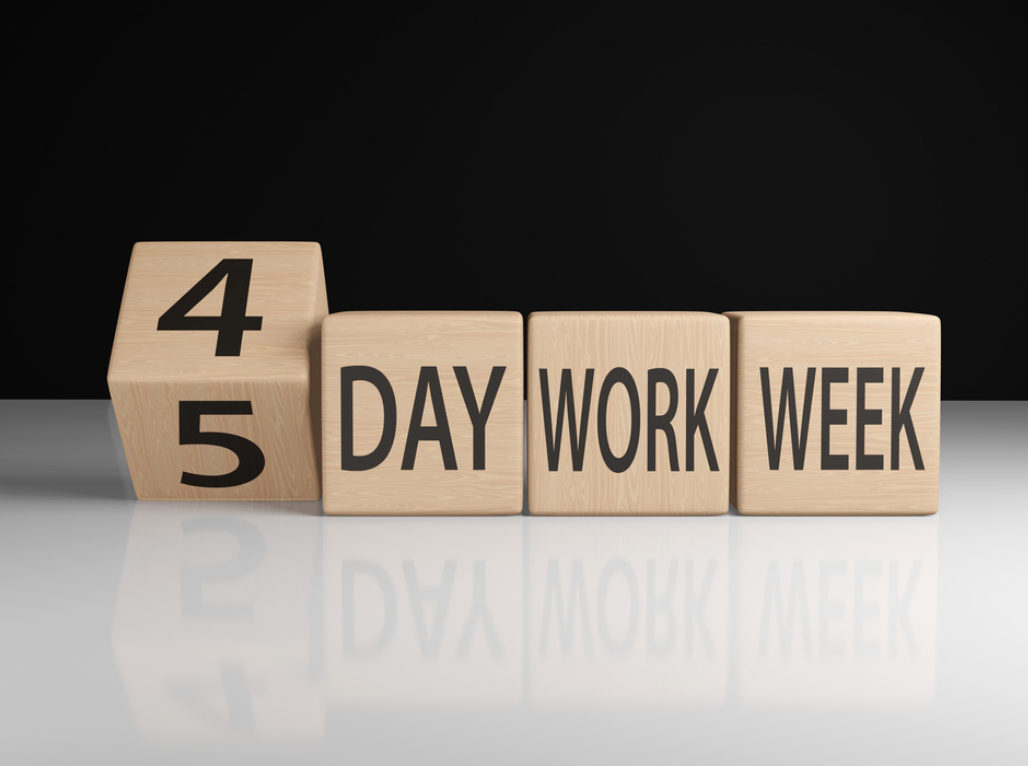How to use the science of storytelling to win support

Recent posts

From Firefighting to Innovating: 4 Strategies to Carve Out Space for Creativity
Zoe Aitken • 29 August 2024

COORDINARE’s Four-Day Week Success: 3 Powerful Lessons You Need to Know
Charlotte Rush • 29 August 2024

Everything I thought I knew about Work was Wrong: My Eye-Opening CEO Journey
Tina McIntosh • 1 August 2024
Once upon a time, in a high rise not too far away, I had an idea. A change to our business that would make us more attractive in tough regions. A killer idea, I thought. I checked Facebook one last time, freshened my coffee (long black, thanks) and locked myself away to create a 15 page Powerpoint (the business case tool of choice).
After many hours, my case for the idea was ready. I scheduled a meeting with my then boss, pulled up the title page of the business case and started my pitch. I began with a simple story (I’ll be honest, it was an absolutely cracking yarn) about the trials and tribulations of one regional client whose feedback was so so negative but would have, I suggested, been supremely positive had we already implemented my idea.
My story finished. I paused. Poised my finger over the clicker for thePowerpoint and went to release the full force of my business case and…. My boss stopped me. “That’s absolutely a great idea. Get going.” I never even got to the second slide.
Enter the power of storytelling. For millennia, humans have used storytelling as one of the most fundamental communication methods, and storytelling in business is nothing new. But recently after being lucky enough to attend several conferences on innovation, disruption and the future of work, I’ve noted a key trend in how I (and others) respond to different speakers and keynotes.
You’ve probably experienced it too. Data on a page with an arrow = wondering what’s for lunch. Whereas…A narrative = hanging off the edge of your seat all but yelling “BUT WHAT HAPPENED NEXT?”.
And whilst I’m not suggesting that a story on it’s own will get you unlimited budget for trialling a new idea, understanding the science of what’s occurring in the brain of your audience during a story can help you more effectively share your ideas, your experiment successes (or failures) and quests for support and resourcing. Here’s how to make the most of your storytelling…
Replace the Business Case With a Story of Your Experiment
Stories are not only easily ingested but are also easily recalled. Remember theexact growth percentage of your company two quarters ago? Not really. Remember what happened to every character in the movie Titanic? Well of course.
In Nancy Duarte’s TED talk on the secret structure of great talks she breaks down famous deliveries, from Martin Luther King’s ‘I Have a Dream’ to Steve Jobs’ iPhone launch, and demonstrates that the best talks of all time follow thesame structure again and again:
Hero has a challenging situation. Hero imagines a better way. Hero perseveres through highs and lows until the new way forward is found.
Sound familiar? When it comes to using storytelling in innovation, you need to kill the old and rusty business case arguing for more resourcing or idea support. Not only are business cases usually filled with flawed assumptions, a pivotal study using MRI brain scans shows that having your audience simultaneously read and listen (think Powerpoint presentation or lengthy document to which you speak) is actually mentally taxing due to the disjointed switching that occurs as one shifts from listening to you as the speaker to ‘listening’ to their own internal voice reading your bullet points.
Instead, replace the business case with a well-told story about your mission, customer behaviour, challenge, ideas and iterations. Keep your data, but instead of lofty data ‘forecasting’ the effect of an untested idea, work your experiment data into the highs and lows of what you found out and thesurprises you encountered when you literally got out of the building. I’m on theedge of my seat already!
Let Your Audience Feel What You’re Feeling
When you see or listen to a Powerpoint with bullet points, a certain part of your brain responsible for decoding words into meaning, our language processing parts of the brain (Broca’s area and Wernicke’s area), are activated. Which is nice. But that’s about it.
Contrast this to your brain’s performance when it hears a narrative of events. In this instance, in addition to the language processing parts lighting up, sections of the brain you use to ‘experience’ events also kick into gear, going as far as to synchronise with the storyteller.
Your brain and the brains of your audience will activate in the same regions producing a powerful connection and physical response.
I recently listened to an Innovation Director talk about innovating their way to growth in a very tough environment (amongst other things they already had 99% household penetration and a fairly important reseller not budging on a very low price). Simply listening to her description of the circumstances, I found myself leaning forward, short of breath and quite physically stressed.
But the benefits of stories rife with emotion don’t stop there. Hearing about emotionally-charged events cause the release of dopamine in your listener’s brain which helps them with processing and aids memory storage. And any experience of empathy will drive a release of oxytocin, that old beauty of achemical that drives connection and trust.
Imagine that crucial or perhaps cynical leader from whom you need support physically experiencing the same incapacitating stress and euphoric elation you experienced during the iterations of your innovation. Oh and with a bonus side of trusting you more and being more likely to remember your ideas later!
Want to become a better innovator?
We’ve created a report that explains the six innovation mistakes almost every organisation makes.
Avoid those mistakes by reading this!